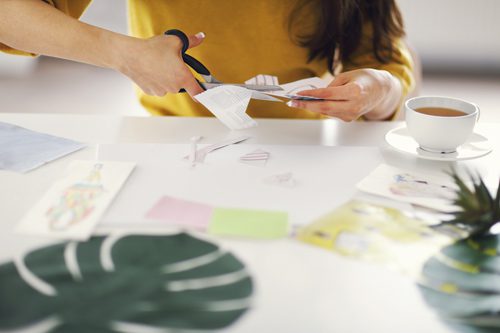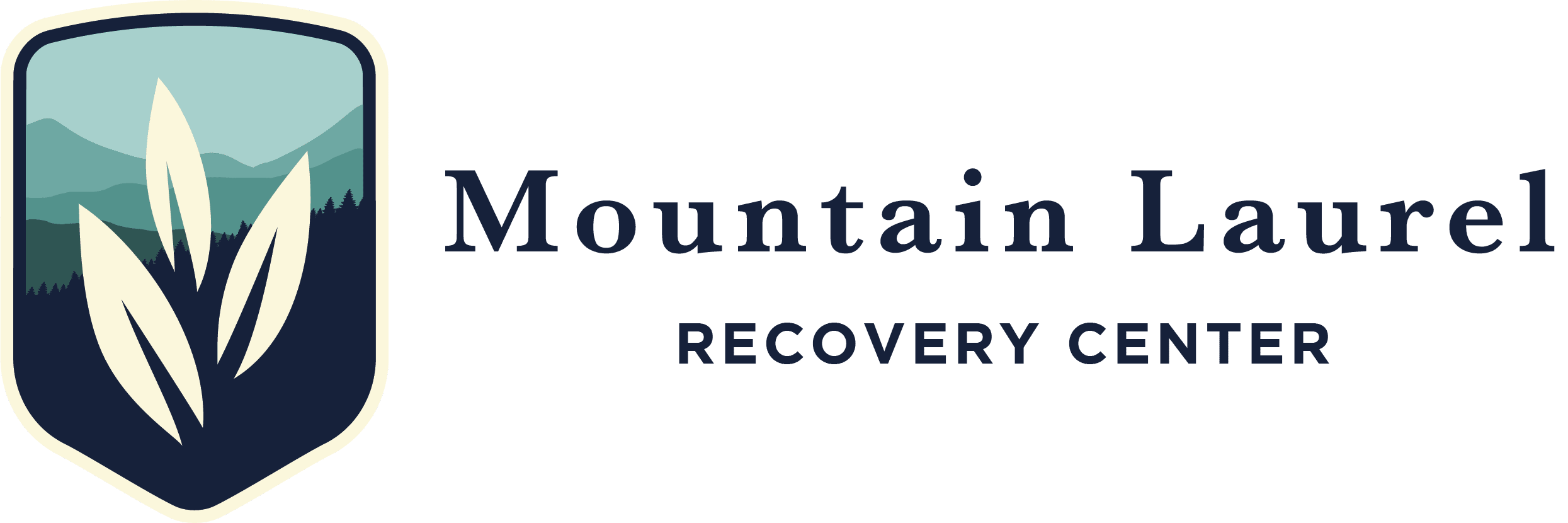
What Is a Vision Board?
Think of a vision board as a tangible representation of your resolutions. It’s easy to set goals on January 1 and forget about them when life gets hectic, but a vision board promotes personal accountability and helps keep you inspired as you work towards building a fulfilling life without drugs and alcohol.
Choose a Medium for Your Vision Board
Your vision board can take a variety of forms. What it looks like will depend on your level of artistic interest, as well as the amount of time you wish to spend on the project.
For a basic vision board, you could simply use a sheet of poster board in your favorite color.
If you’re feeling crafty, you could use paper that you put in a pretty frame or a canvas that can be painted on.
If you’re more digitally minded, you can use your favorite image editing software to create a graphic that you use as your desktop or laptop background. Another advantage of a digital format is that it would be possible to print multiple copies of your vision board to display in different locations.
Think About Your Goals
Your vision board should represent what you want your life to look like in the upcoming year, so it’s important to define your goals for your health, relationships, family, career, hobbies, etc. Your specific goals will depend on how established you are in your sobriety but may involve attending 12-Step meetings, committing to a regular exercise plan, journaling for your mental health, spending more time with loved ones, etc.
As you’re writing your goals, you may find it helpful to use the SMART framework. This is a theory for effective goal setting using the acronym SMART.
- Specific. Set goals that clearly define what you want to accomplish.
- Measurable. Decide how you will determine if you’ve achieved your goal. (This is especially important for goals related to personal relationships, as these tend to have no built-in measure of success.)
- Action-oriented. Effective goals focus on specific actions you can take as opposed to factors that are out of your control.
- Realistic. Effective goals are challenging but realistic given your personal stage of recovery and the resources you have available to you.
- Timely. Deadlines help keep us motivated. A one-year deadline is a natural choice for a New Year’s resolution vision board, but you can choose a different deadline if you think it’s more appropriate.
If the ongoing COVID-19 pandemic has made it hard to visualize what your life will look like in the future, review our post on Setting Goals for Recovery During Times of Uncertainty for some helpful tips.
Choose Your Images
Once you’ve decided on your goals, you need to select images that represent what achieving your goal would mean to you. For example, if your goal is to improve your relationships with your children, you might want to prominently feature special photos of your son and daughter. If your goal is to go back to school, you might include images of the campus you want to attend. If your goal is to get your own place, pictures of beautifully decorated rooms you found on Pinterest might be an appropriate representation of what you want your new home to look like.
An effective vision board should feature images that are personally meaningful and inspire you to keep working towards the goal you’ve chosen. There is no “right” or “wrong” answer—and it doesn’t matter if your vision board’s purpose isn’t clearly understandable to the casual observer.
Put It All Together
The final step is to assemble your vision board. Group items representing related goals together. Play with several different layouts before you permanently attach anything.
If you’d like, you can finish your vision board by adding mantras, affirmations, or words that are related to what you hope to accomplish. Use your own handwriting, stickers, or computer fonts.
Display Your Board
Where you keep your vision board is up to you, but it’s generally best to choose a location where you’ll see it several times per day. This could be in your bedroom, on the refrigerator, on your desk at work, or tucked away inside your journal.
You don’t necessarily need to share your vision board with anyone, but discussing your goals with your treatment team can help them make sure you’re on track with your recovery. At Mountain Laurel Recovery Center, we encourage clients in our substance abuse treatment programs to be active participants in developing care plans that are personalized to fit their individual needs. The more we know about your goals, the easier it is for us to connect you with the resources you need to live the life you deserve.
